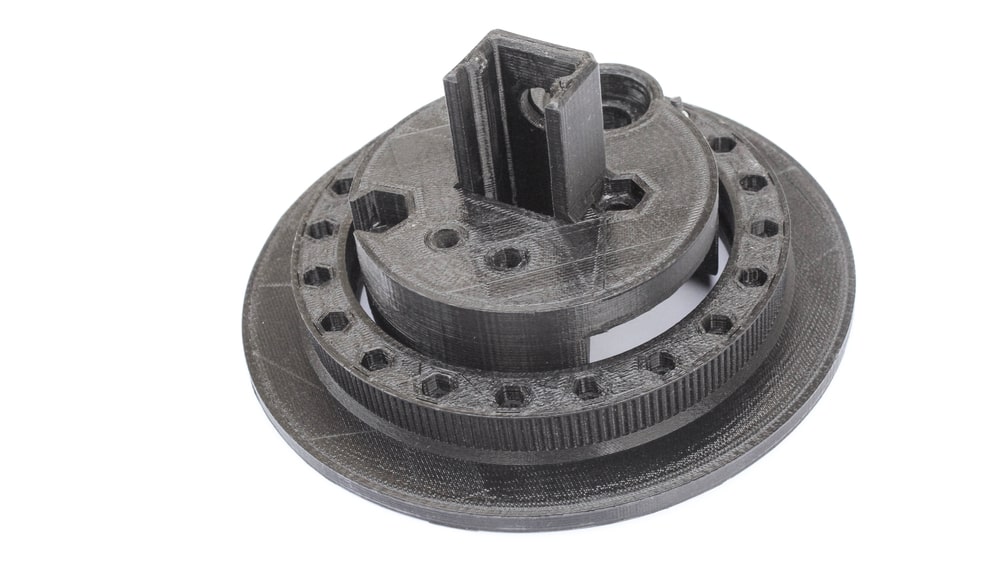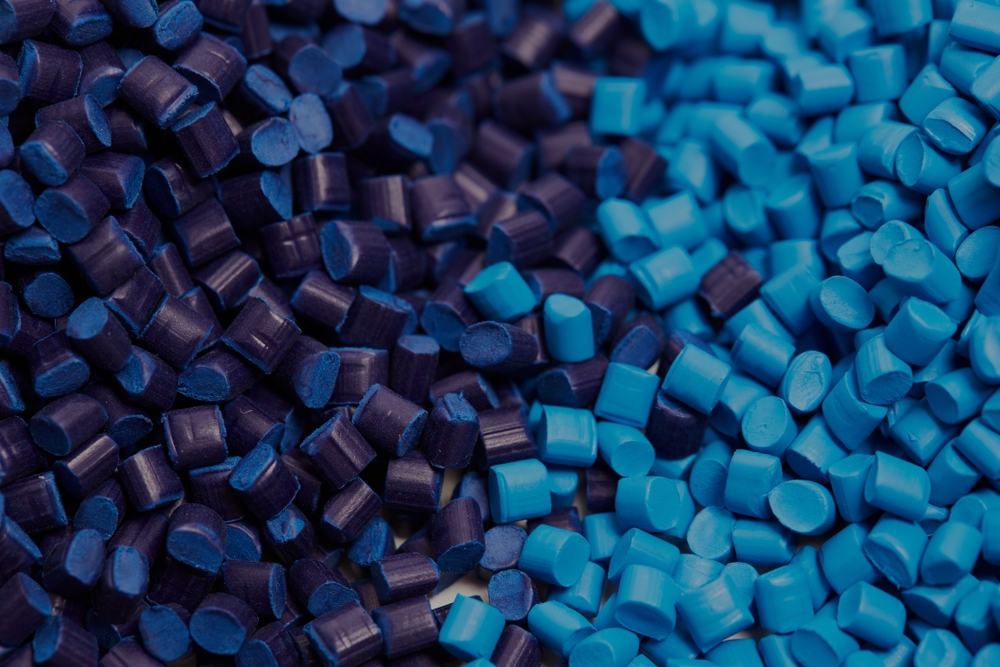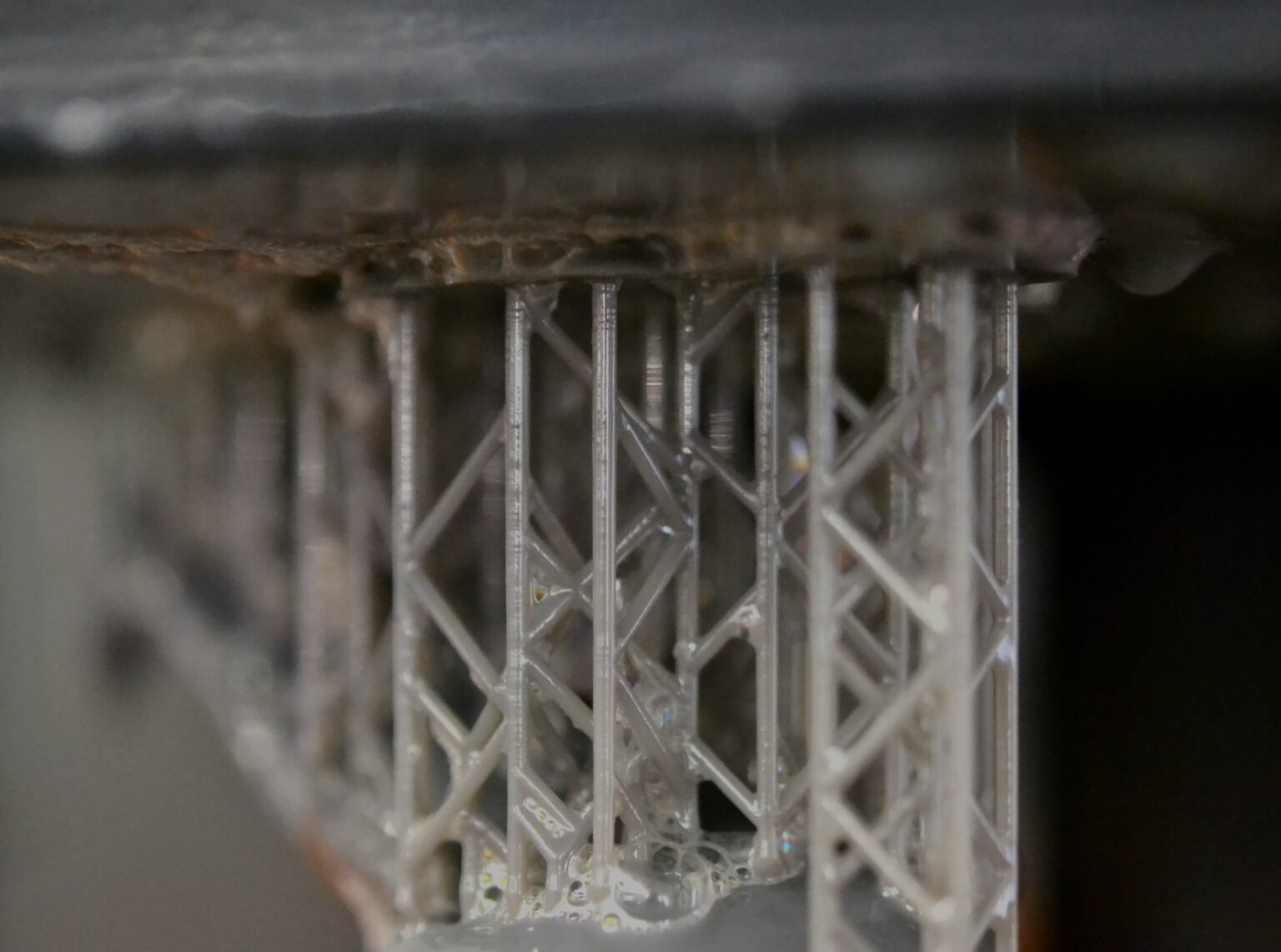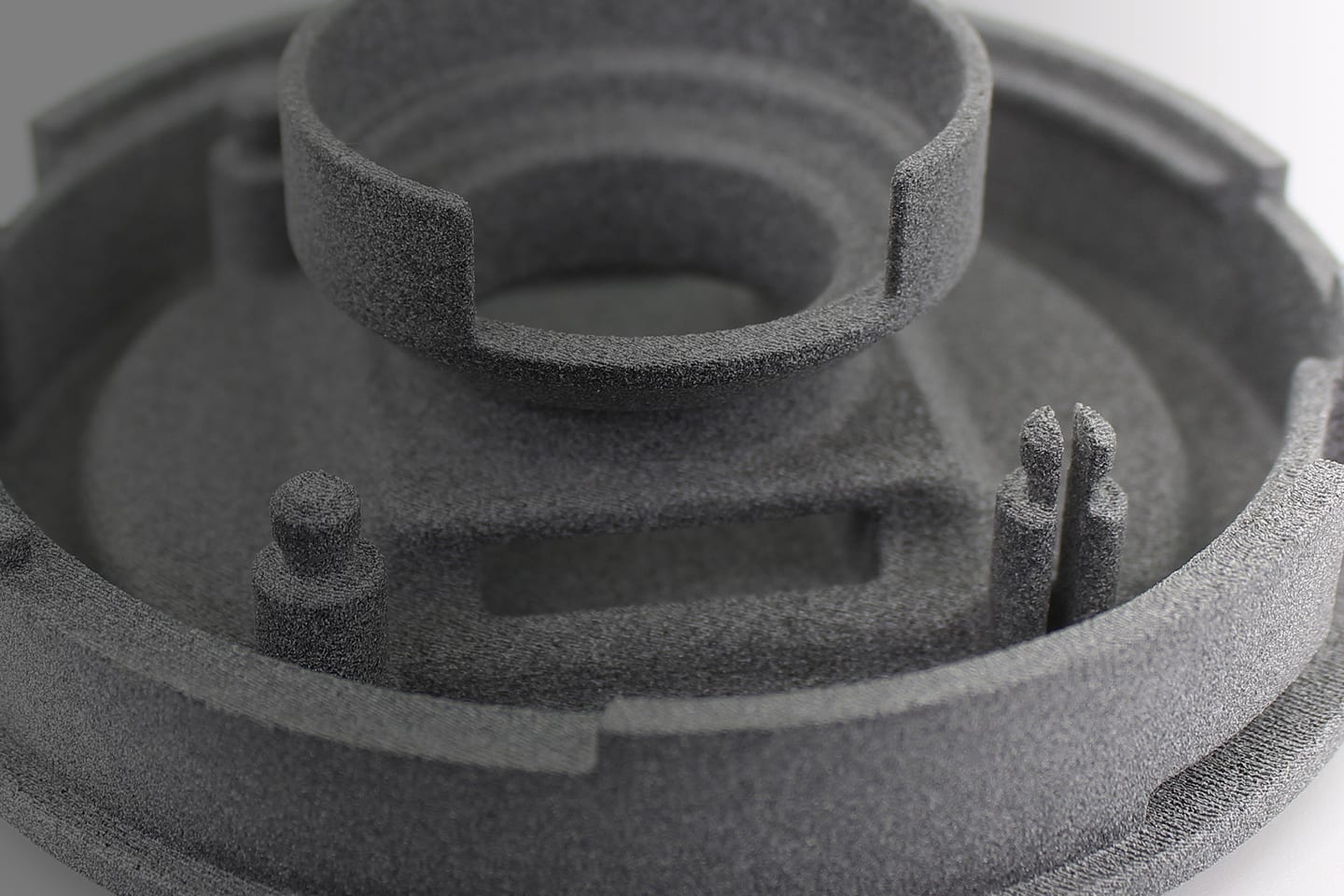Fused Deposition Modeling Advantages and Disadvantages
Published on March 28, 2022

Originally published on fastradius.com on March 28, 2022
Fused deposition modeling (FDM) is a popular form of additive manufacturing that involves melting, extruding, and depositing filament onto a print bed to build objects up layer by layer. The fused deposition modeling 3D printing process is highly automated, so once you send your digital file to your 3D printing partner, all they need to do is slice it, send it off to the printer, and calibrate the print bed.
FDM is a popular choice for rapid 3D prototyping, but it can also be used to create medical devices, specialized manufacturing tools, automotive parts, and more. Although FDM is the most common form of 3D printing, you need to weigh fused deposition modeling’s pros and cons to determine whether it’s the best process for your needs. Here’s what you need to know.
Advantages of fused deposition modeling
Speed is one of the biggest reasons to use FDM 3D printing. You can 3D print a complete part in a few minutes or a few hours, shortening your lead times and speeding up the prototyping process. FDM can also allow you to print larger objects, and the easily scalable design of FDM printers means a low cost-to-size ratio.
When it comes to materials, you have plenty of choices with FDM. FDM printers accept a wide range of filament materials and colors, and they’re often budget-friendly. Common FDM filament materials include acrylonitrile butadiene styrene (ABS), polyethylene terephthalate glycol (PETG), polylactic acid (PLA), and nylon.
Disadvantages of fused deposition modeling
The main disadvantage of fused deposition modeling 3D printing is its low resolution. Not only does FDM’s relatively thick layer height mean that it’s not ideal for parts with small details, but it also means that finished products will likely have rough surfaces and require post-processing to achieve a smoother finish. While vapor smoothing, gap filling, and epoxy adhesion can improve a part’s appearance, these processes will also lengthen production times. As a result, FDM printers aren’t ideal for producing parts that require smooth finishes or a high resolution.
Since FDM printers typically place filaments layer by layer in one direction, the resulting prints are anisotropic and prone to breaking, especially where the layers meet one another. For example, FDM parts can easily break when facing compressing forces parallel to their layers. Alternating between printing layers on the X- and Y-axes can strengthen a print, but for most applications, the lighter weight of an FDM part makes up for a slight reduction in strength.
Support structures are necessary when printing with FDM, which means that your prints will require more material, time, and post-processing than if they were made with a process like HP Multi Jet Fusion, which does not require support structures. There are a variety of 3D printing processes that require support structures, though they can slightly increase costs and timelines.
When to use FDM
Given these limitations, there are some projects where a different 3D printing process like stereolithography (SLA) may be a better fit. Like FDM, SLA builds parts layer by layer, but unlike FDM, SLA cures and hardens liquid resin via laser photopolymerization. When comparing SLA vs. FDM, you’ll need to consider:
Build volume
SLA 3D printers typically have smaller construction plates than FDM printers, limiting component or batch sizes. Large-format SLA 3D printers are also rarer, slower, costlier, and more wasteful than large format FDM printers, so if you need to print a large part or several smaller parts simultaneously, FDM might be more practical.
Printing speed
When printing small parts, the difference in speed between FDM and SLA printers is often negligible. However, if you need to produce larger components quickly, you can use larger nozzle sizes and thicker layers to accelerate the printing process with FDM printers. The tradeoff is that your final object will have a lower resolution. You can also use a lower infill percentage to speed up printing, although there could be a slight reduction in final part strength.
Materials
SLA printers accept several different types of liquid resins, including biocompatible materials, making the technology ideal for prototypes of medical devices. SLA materials are unsuitable for many industrial requirements and typically only come in black, white, gray, yellow, magenta, and cyan. You’ll have more material and color options if you use FDM filaments, though if you’re looking for clear or transparent materials, you’re more likely to find a good fit for SLA. It’s also worth noting that FDM filaments are typically cheaper than SLA resins and yield more parts per unit.
Resolution, precision, and surface finish
There’s a difference in FDM vs. SLA surface quality due to the layer sizes and how each technology works. Typically, FDM printers offer lower print resolutions and may even produce parts with visible layer lines.

On the other hand, SLA printers can achieve resolutions as fine as 25 microns thanks to the precision of laser-curing and lower risk of thermal expansion and contraction. So, you might be better off printing with an SLA printer if you have a complex design with delicate features, an organic structure, or a small component, or if you need smooth finishes or tight dimensional tolerances.
Bring your ideas to life with SyBridge
FDM’s affordable filaments and fast printing speeds make it the ideal process for quickly creating proof-of-concept models or large prototypes of simple parts. However, it’s limited by its low resolution and layered surface finish. If you aren’t sure whether FDM is best for your project, reach out to an expert.
SyBridge Technologies’ engineers can answer any questions you have about fused deposition modeling’s advantages and disadvantages and help guide you through the entire production process. We can even help you optimize your design for FDM 3D printing, manufacture end-use parts, and more. Contact us today to get started!



